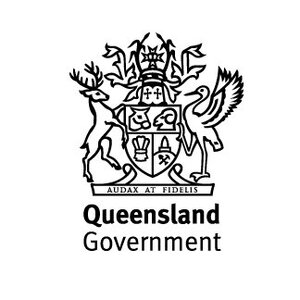The Queensland government is now offering solar and battery interest free loans and grants. For a combined installation you can apply for up to $10.000 as an interest free loan plus a $3000 grant, for a battery only installation you can apply for up to $6000 as an interest free loan and a $3000 grant. There are 1000 solar+battery and 500 battery loans and grants available. You need to get a quote from a licensed installer, which are listed on the website. I applied today, and am just over applicant number 500 for the solar + battery loan and grant, so there are still some available if you are quick.
T&Cs are available on their website.
![[QLD] Up to $10000 Interest Free Loan + $3000 Grant for Solar + Battery or $6000 Loan + $3000 Grant for Battery Systems @ QLD G.](https://files.ozbargain.com.au/n/06/420706.jpg?h=a47889cd)

Too bad i just installed a solar system 5 months ago. Would it worth adding a battery to it with this offer?